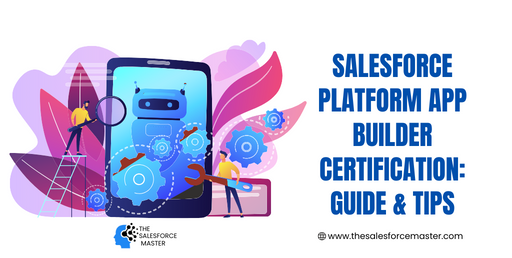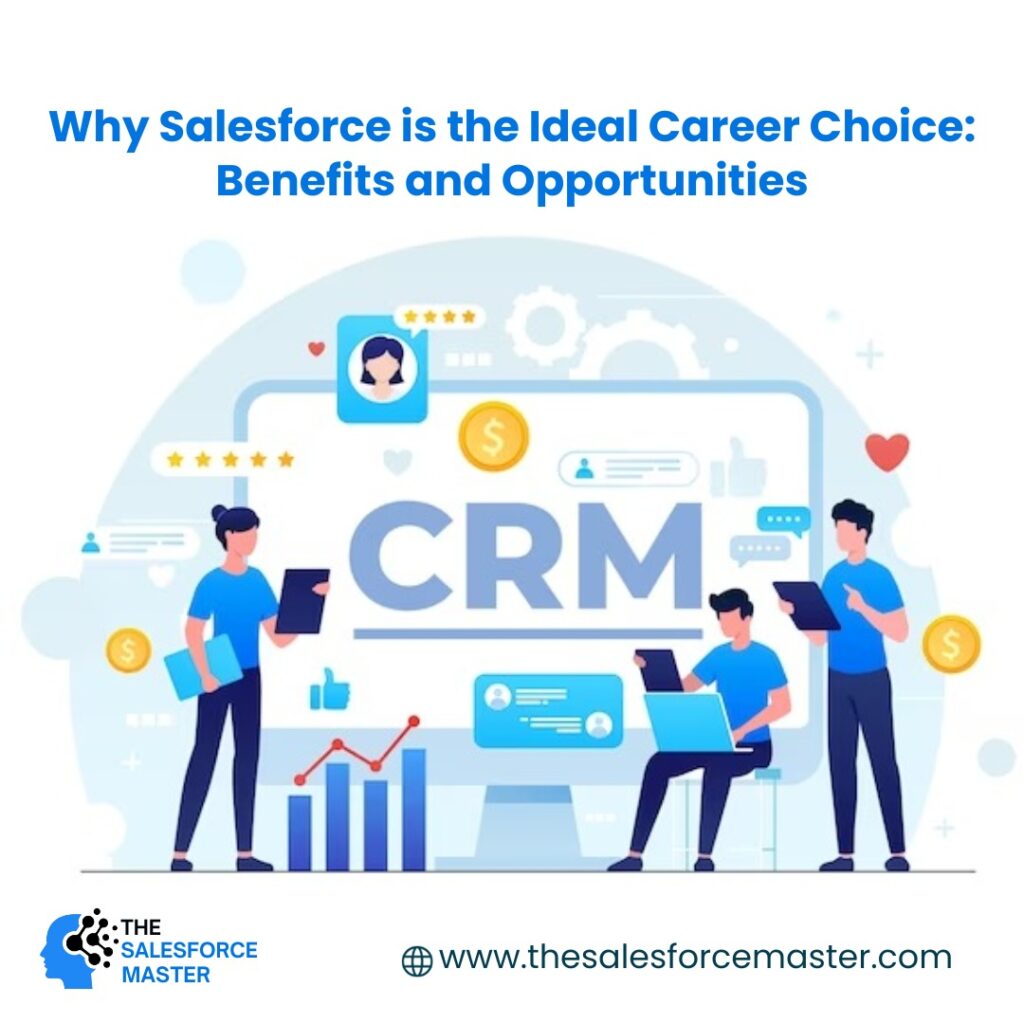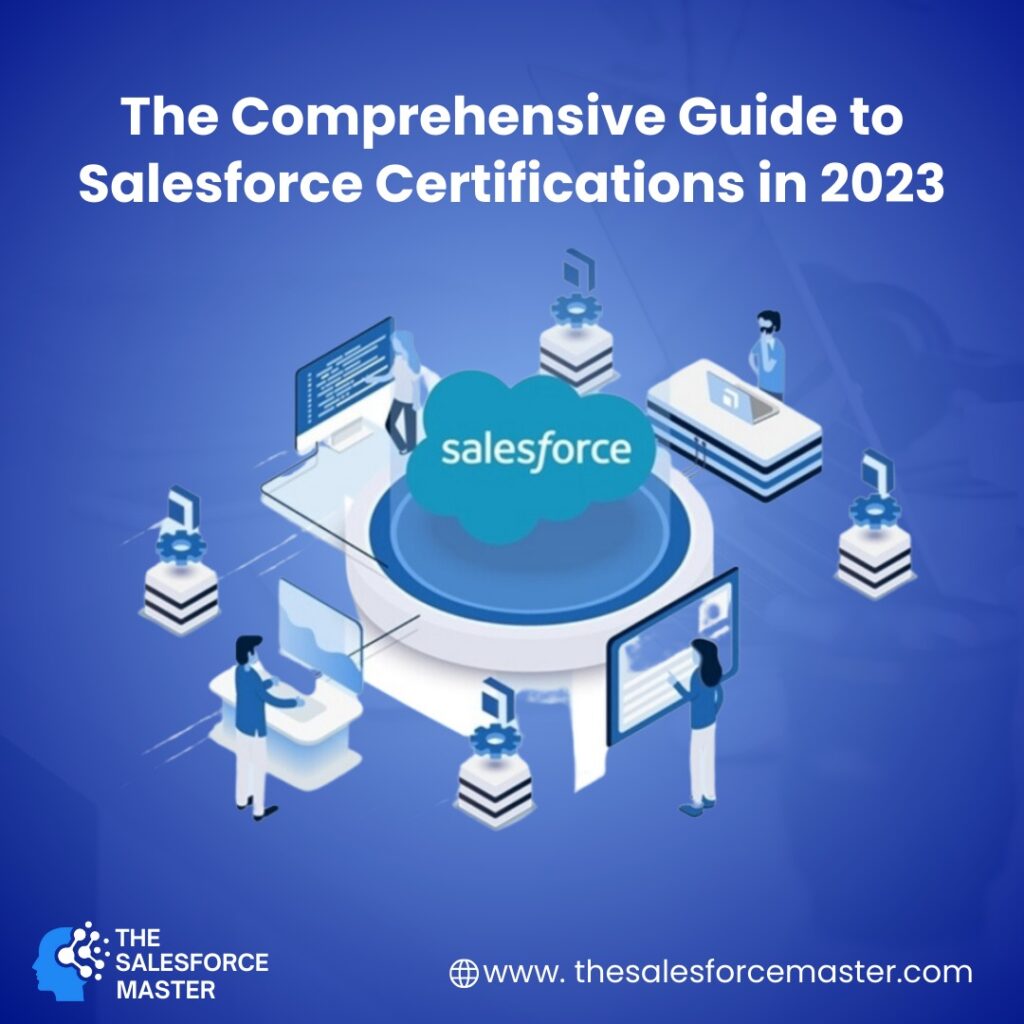
Certification Introduction:
The Salesforce Platform App Builder certification is a credential offered by Salesforce for individuals who want to demonstrate their expertise in building custom applications on the Salesforce platform. This certification is designed for professionals with experience creating, designing, and managing custom applications using the Salesforce platform. Candidates will also demonstrate a strong understanding of deployment and when a programmatic solution is more appropriate.

Ideal candidate Qualifications:
I highly advise all Salesforce professionals, whether you work as an Administrator, Consultant, or Developer, to pursue this certification. The knowledge and competencies you acquire during your preparation for this exam will prove to be indispensable for anyone engaged with Salesforce platforms.
Salesforce’s remarkable capability to swiftly develop custom applications and streamline business processes is a core feature, and this certification comprehensively addresses this aspect.
Top 5 Key Features Topics:

1. Salesforce Fundamentals 23%
You may find some familiarity with the topics discussed in this section, as they are also part of the Admin exam curriculum. It’s essential to refresh your understanding of object, record, and field access, as well as sharing solutions, reports, dashboards, and Chatter.
In addition, you should focus on expanding your knowledge of the mobile experience and become adept at utilizing global and object-specific actions and layouts.
Furthermore, it’s crucial to recognize the boundaries of declarative customization and discern when it’s appropriate to make programmatic changes. This also entails knowing when to enhance and extend your organization’s functionality using the resources available in the AppExchange.
2. Data Modeling & Management 22%
This section focuses on the Salesforce data model, encompassing both standard and custom objects, fields, and their relationships.
It is crucial to discern the disparities between lookup and master-detail relationships and to grasp when to employ a many-to-many relationship.
The schema builder serves as an invaluable tool for not only visualizing your data model but also for its expansion. This examination expects you to comprehend the tool’s capabilities and factors to consider.
A comprehensive understanding of field types and their appropriate usage is essential. You should be prepared for questions regarding changing field types and the potential data loss or preservation associated with such changes. Practice and memorize these field type transformations for a higher score.
Lastly, it’s advisable to refresh your knowledge of data import and export procedures, including the tools, considerations, and dealing with data from external sources.
3. Business Logic & Process Automation 28%
This substantial portion constitutes more than 28% of the entire exam, so it’s crucial to become well-acquainted with all the concepts it covers. This section will assess your understanding of Formula Fields, Roll-up Summary Fields, Validation Rules, Approval Processes, Workflow, Process Builder, and Flow.
The exam primarily consists of questions based on real-world scenarios, requiring you to propose the most suitable solutions based on a given situation. These features are fundamental to the platform, so it’s imperative to thoroughly grasp their workings.
4. User Interface 17%
In addition to delving into the technical aspects of navigating the Salesforce platform through point-and-click methods, it’s equally crucial to grasp the features designed to provide users with a seamless and enjoyable experience. With the majority of Salesforce users now adopting the Lightning interface, a plethora of opportunities arise for creating elegant user interfaces.
Your knowledge should encompass how Lightning Components can be effectively employed and where they can be integrated, while also understanding the distinctions between standard, custom, and AppExchange components.
Furthermore, you will be evaluated on your ability to harness the potential of custom buttons, links, and actions in simplifying and enhancing the lives of Salesforce users.
5. App Deployment 10%
While it’s the tiniest segment of the exam, this particular subject can prove to be quite a hurdle for individuals new to Salesforce Administration or those managing smaller organizations.
In this section, you are expected to possess a solid grasp of the process for testing and deploying alterations from a sandbox. It’s crucial to comprehend the intricacies of change sets, including when they are a suitable choice and when they are not.
Additionally, you should be well-versed in the practical applications and distinctions between managed and unmanaged packages.
Approach to Learning (Strategy For Study)
The Platform App Builder Certification encompasses a broad range of topics, but don’t be discouraged by the extensive content. Many of these subjects were also covered in the Admin exam, and if you’re working as an Admin or Consultant, you probably have experience with much of this material already.
To prepare effectively, start by revisiting the fundamental concepts featured in the Admin exam, such as fields, object and record sharing, relationships, data import/export, reports, and dashboards. Chances are, you’re already well-acquainted with these areas.
Next, invest time in gaining a deeper understanding of features or concepts you might not be as familiar with, especially those related to transitioning from declarative to programmatic customization. Consider delving into Lightning Components, Mobile, custom buttons/links, and exploring the App Deployment section in more detail.
As always, hands-on practice is essential. Be sure to complete the Trailmix and engage in hands-on experimentation in your own developer org.
Exam Strategy
On the day of your exam, there are several valuable tips we’ve gathered over the years to enhance your chances of acing it.
Firstly, if there are any concepts that you’re struggling to understand, consider creating a concise cheat sheet and committing these concepts to memory before the exam. This will help ensure that they’re fresh in your mind.
During the exam, pay special attention to the questions. Take the time to read each question multiple times, especially in the case of scenario-based questions. Often, the correct answer contains significant clues. If necessary, use the pen and paper provided to sketch out diagrams, data schemas, or role hierarchies that can assist you in visualizing the correct response.
When choosing your answers, make use of the process of elimination to rule out answers that are clearly incorrect. Salesforce frequently includes answers composed of irrelevant features or ones that may seem correct but aren’t the best practice. Focus on identifying standard Salesforce features that efficiently accomplish a given task. For example, consider why you would build a custom approval process with process builder when a standard feature is the recommended best practice.
You also have a valuable tool at your disposal: the “Mark for review” feature. On each question, you’ll find a checkbox that allows you to mark questions. This feature is useful when you’re unsure about an answer or can’t decide immediately. At the end of the exam, you’ll have the opportunity to review these marked questions. Depending on the number you’ve marked, this can give you a good sense of your performance. Regardless of the questions marked for review, I recommend going through every question if time allows. I do this in every exam, often identifying mistakes in my answers and making necessary changes.


